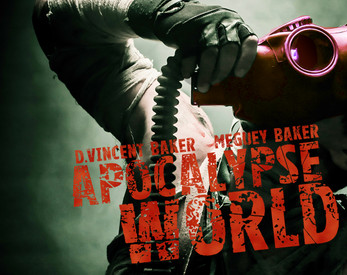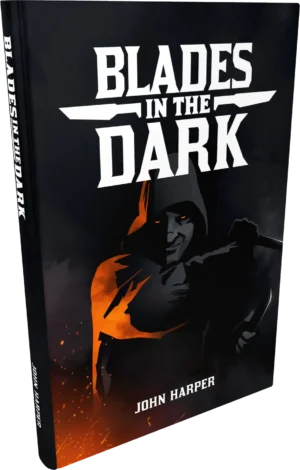Lady Blackbird Fantasy; Space Opera; Political; Narrative-Driven; Quick-Play / One-Shot; GM-less / Cooperative; Social Intrigue
Lady Blackbird is a free, narrative-driven tabletop roleplaying game designed for quick play and minimal preparation. Set in a steampunk/space opera universe, it focuses on social intrigue and adventure, offering a unique, GM-less or cooperative experience. This report analyzes the game's themes, mechanics, unique aspects, and target audience based on various reviews and resources.
Theme and Setting
Lady Blackbird is set in the Wild Blue, a steampunk/space opera setting reminiscent of Firefly and Star Wars. The game's premise centers on Lady Blackbird's escape from an arranged marriage, her capture by Imperial forces, and her quest to reunite with her pirate king lover. This setup provides a rich backdrop for adventure and intrigue, blending elements of fantasy, political conflict, and romance. The setting emphasizes low-tech environments, spaceships, magic, and class differences within an oppressive Empire. Optional supplements like Magister Lor and Lord Scurlock expand on the world's lore and possibilities. The included map of the Wild Blue helps players visualize the game world.
Core Mechanics and Rules
Lady Blackbird uses a dice pool system where players roll a number of six-sided dice (d6) based on their character's traits, tags, and a personal pool of dice. A roll of 4 or higher is considered a success. The number of successes needed is determined by the GM, who sets the difficulty target. Unlike traditional RPGs, failure doesn't necessarily halt the story; instead, it introduces complications and escalates the situation. Characters possess traits, tags, keys, and secrets. Traits represent general skills, while tags are specific instances of those skills. Keys are personal motivations that drive characters' actions and award experience points. Secrets are special abilities or feats that provide specific bonuses. This mechanic encourages player-driven storytelling and character development. The core rules are concisely presented, with rules summaries even appearing on the character sheets themselves.
What Makes It Unique
Several factors contribute to Lady Blackbird's uniqueness. It requires minimal preparation, making it ideal for one-shot games or convention play. The game is designed to be GM-less or cooperative, empowering players to shape the narrative. Its setting is pre-established but open-ended, allowing for diverse storylines and character interpretations. Character advancement is based on personal growth and changing motivations rather than traditional leveling. The Keys mechanic encourages specific character interactions and hidden motivations, leading to richer storytelling. The game puts most narrative and mechanical control in the hands of the players.
Target Audience and Player Experience
Lady Blackbird is well-suited for players seeking a narrative-driven and quick-play RPG experience. It appeals to both newcomers and experienced roleplayers, though some improvisation experience is beneficial. While the core game is designed for 5 players plus a GM, it can be adapted for smaller or larger groups. The game's focus on storytelling and character interaction makes it an excellent choice for those who enjoy social intrigue and collaborative world-building. Some find the rules sparse and abstract, making it better suited for players comfortable with improvisational roleplaying. The game's structure and prompts are helpful for new players, while its open-endedness allows for creative exploration. Many enjoy its simple mechanics and emphasis on character-driven stories, noting its replayability despite the limited setting material.



